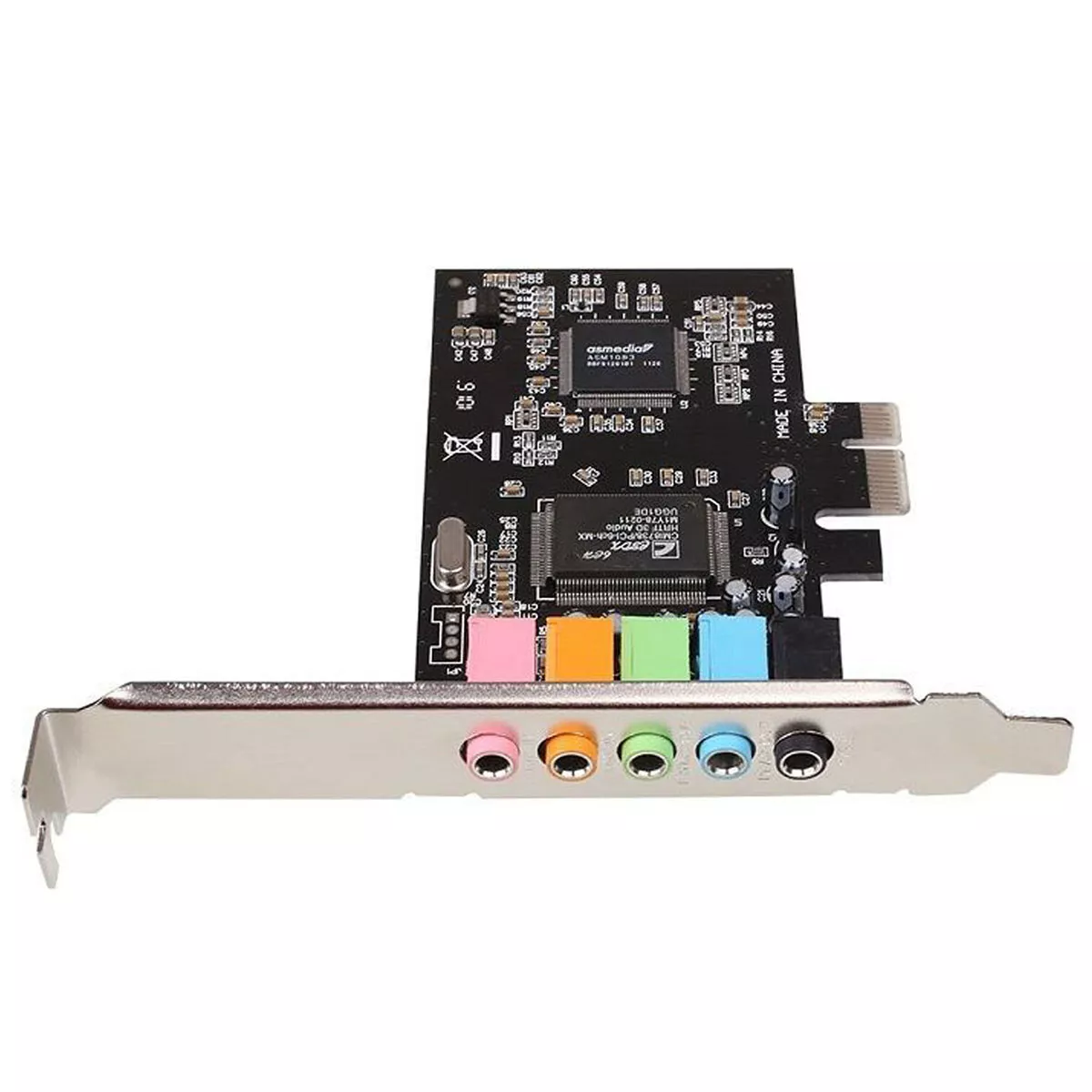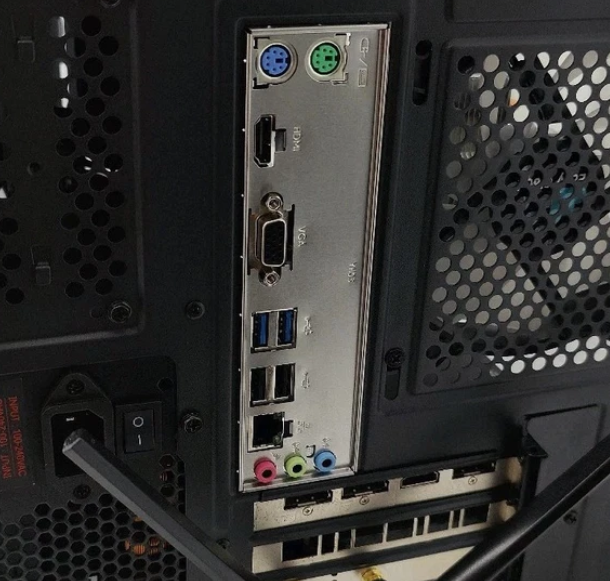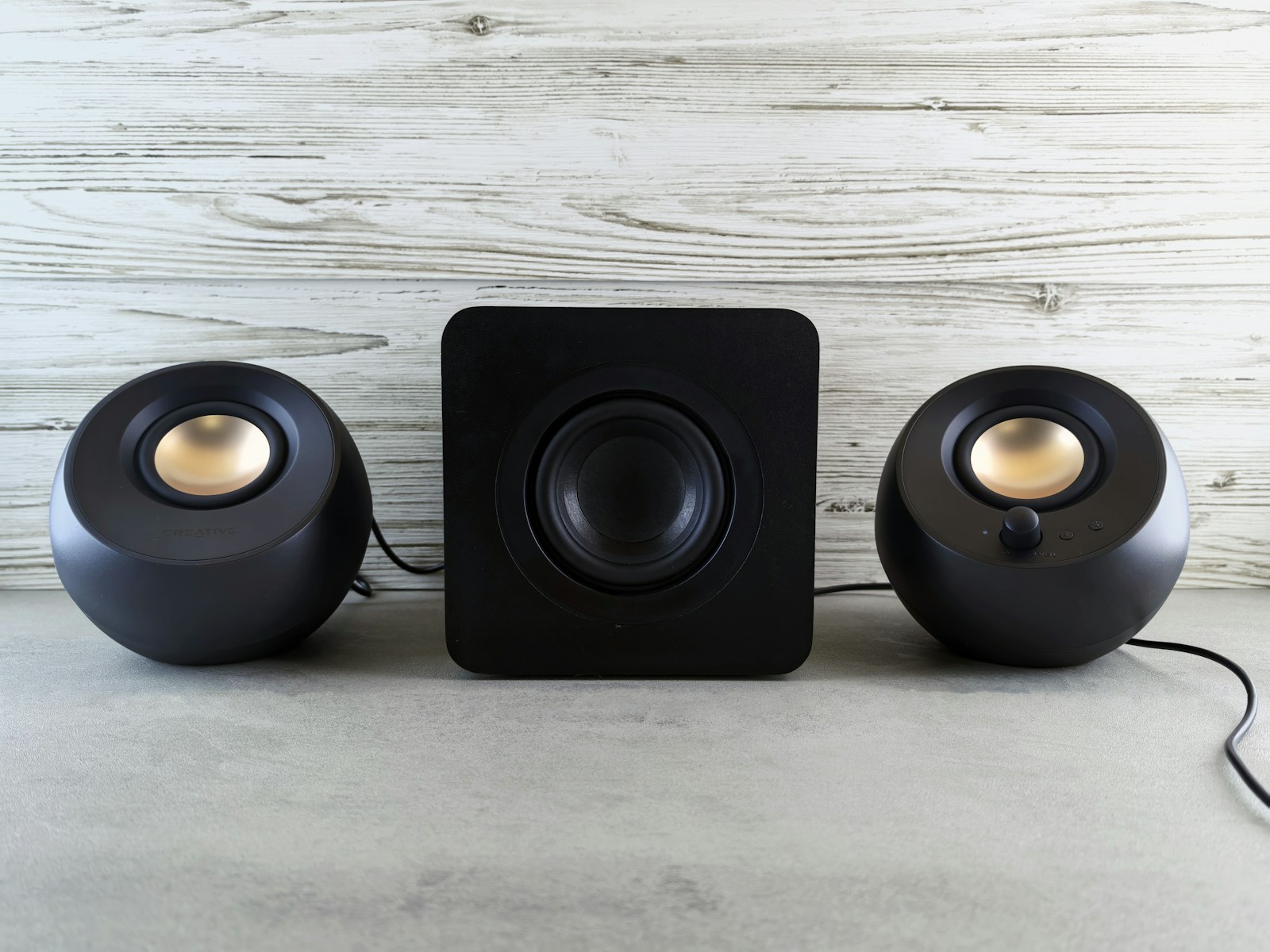Have you noticed that some computer setups sound better than others? It’s not magic. You can improve your PC’s audio with some simple changes or upgrades. Whether you game, love music, or want clearer sound for video calls, these tips can enhance your audio experience. Good sound makes a big difference when you listen to music, play games, or watch videos. It can also make online calls clearer.
You can boost your PC’s audio quality by changing both hardware and software. New speakers or headphones can immediately improve sound. Updating your sound drivers and adjusting audio settings can help too. Start with quick fixes like checking volume levels and ensuring your audio devices are set up correctly.
For more advanced options, consider using audio enhancement software or getting an external sound card. With a few easy changes, you can enjoy much better sound from your PC.
Boosting Your Computer’s Sound

Check Your Speakers and Headphones
Start with the basics. Are your speakers or headphones plugged in correctly? Is the volume turned up? Sometimes the simplest solution is the right one. Try different speakers or headphones to see if the problem is with your audio device.
Update Your Audio Drivers
Outdated or corrupted audio drivers can cause all sorts of sound problems. Visit your computer manufacturer’s website or the website for your sound card to download the latest drivers. This often fixes crackling, static, or no sound at all.
Adjust Sound Settings in Windows
Windows has built-in sound settings you can tweak. Right-click the speaker icon in your system tray and select “Sounds.” Here, you can adjust the volume for different applications, choose your default audio device, and troubleshoot playback issues.

Disable Enhancements
Sound enhancements, like virtual surround sound, sometimes make things worse. In the Sound settings, go to the “Playback” tab, select your device, and click “Properties.” Under the “Enhancements” tab, check “Disable all enhancements.” See if this improves your sound.
Check for Hardware Issues
If you’ve tried everything else, there might be a hardware problem. If you have a desktop, make sure your sound card is seated properly. For laptops, hardware issues are trickier. You might need to contact the manufacturer or a repair shop.
Use a Dedicated Sound Card
For serious audiophiles, a dedicated sound card can make a big difference. These cards offer higher quality audio processing than the built-in sound on most motherboards.
Troubleshooting Tips
Here’s a quick guide to common problems and solutions:
| Problem | Solution |
|---|---|
| No sound | Check connections, volume, drivers, and default device. |
| Crackling or static | Update drivers, disable enhancements, check for hardware issues. |
| Sound only from one speaker | Check balance settings, connections, and speaker functionality. |
| Low volume | Check volume levels in Windows and applications, and speaker settings. |

Consider External DAC/AMP
A Digital-to-Analog Converter (DAC) and Amplifier (AMP) can improve sound quality, especially for high-end headphones. The DAC converts digital audio to analog, and the AMP boosts the signal to drive your headphones.
Software Equalizers
Software equalizers let you fine-tune the frequencies of your audio. This can be useful for adjusting the sound to your preferences or compensating for deficiencies in your speakers or headphones.
Regular Maintenance
Keep your audio drivers up to date and your speakers clean. This will help prevent problems and ensure your sound is always at its best.
Key Takeaways
- New speakers or headphones can greatly improve PC audio quality
- Updating sound drivers and settings can enhance the audio experience
- Audio enhancement software can further boost PC sound quality
Hardware Enhancements
Upgrading your PC’s audio hardware can make a big difference in sound quality. Better speakers, headphones, and microphones can boost your listening and recording experience.
Optimizing Speaker and Headphone Performance
Good speakers or headphones are key for great audio. Look for speakers with a wide frequency range and low distortion. For headphones, choose ones that fit well and block outside noise.
Some tips to get the most from your speakers:
- Place them at ear level
- Keep them away from walls
- Use a sound-absorbing mat underneath
For headphones:
- Clean the ear cups regularly
- Replace worn-out ear pads
- Store them properly to avoid damage
A digital-to-analog converter (DAC) can also improve sound quality. It turns digital signals into cleaner analog sound.
Selecting the Right Audio Output Devices
Pick audio devices that match your needs. For clear sound, look at the specs:
- Frequency response
- Sensitivity
- Impedance
Desktop speakers offer good sound for everyday use. They come in 2.0 (two speakers) or 2.1 (two speakers plus a subwoofer) setups.
Bluetooth speakers give you wireless freedom. They’re great for moving around or outdoor use.
For personal listening, choose between:
- Over-ear headphones: Best sound quality and comfort
- On-ear headphones: Compact but may leak sound
- Earbuds: Very portable, good for exercise
Improving Microphone Input Quality
A good microphone is crucial for clear voice input. USB mics are easy to use and offer better quality than built-in laptop mics.
Condenser mics are great for recording. They pick up more detail but need phantom power.
Dynamic mics are tough and good for noisy places. They don’t need extra power.
To boost mic quality:
- Use a pop filter to reduce plosive sounds
- Get a mic stand to keep it steady
- Find the right distance from your mouth
A sound card can also help. It processes audio signals and can reduce noise.
Software Adjustments and Enhancements
Windows offers many ways to boost audio quality through software settings. These tweaks can make a big difference in how your PC sounds.
Configuring System-Wide Audio Settings
Open the Sound settings in Windows to adjust basic audio options. Click the speaker icon in the taskbar and select “Open Sound settings.” Here you can pick your output device and set the volume.
For more control, click “Sound Control Panel” on the right. This opens the old Control Panel where you can set the default format. Try 24-bit, 96000 Hz for better sound. You can also turn on audio enhancements here.
Some helpful enhancements are:
- Loudness Equalization: Evens out volume
- Bass Boost: Adds more low end
- Virtual Surround: Creates a wider soundstage
Test each option to see what sounds best on your setup.
Utilizing Spatial Sound Technologies
Spatial sound makes audio more 3D. It’s great for movies and games. To turn it on:
- Right-click the speaker icon
- Choose “Spatial sound”
- Pick “Windows Sonic for Headphones”
For even better 3D sound, try Dolby Atmos. It costs a few dollars but gives amazing surround effects. DTS Sound Unbound is another good option.
These work best with headphones but can improve speaker audio too. They add depth to music and make games more fun.
Enhancing Audio Experience for Entertainment
Different types of media need different audio settings. For music, focus on a flat EQ and high bitrates. Movies benefit from surround sound and dialog enhancement. Games often have their own audio settings to tweak.
Chrome users can add extensions to boost YouTube audio. The “Volume Booster” extension is a popular choice.
For all media, make sure your audio drivers are up to date. New drivers can fix bugs and add features. Check your PC maker’s website for the latest versions.
Leveraging Third-Party Audio Software Solutions
Many free and paid programs can improve your PC’s sound. Some top picks are:
- Equalizer APO: Powerful system-wide EQ
- Boom 3D: Adds 3D effects and boosts volume
- FxSound: Enhances audio clarity
Viper4Windows is a favorite among audio fans. It has tons of options to fine-tune your sound.
For simple volume boosting, try Letasoft Sound Booster. It can make quiet apps louder without distortion.
These tools let you create custom audio profiles for different uses. You can have one setup for music and another for video calls.







